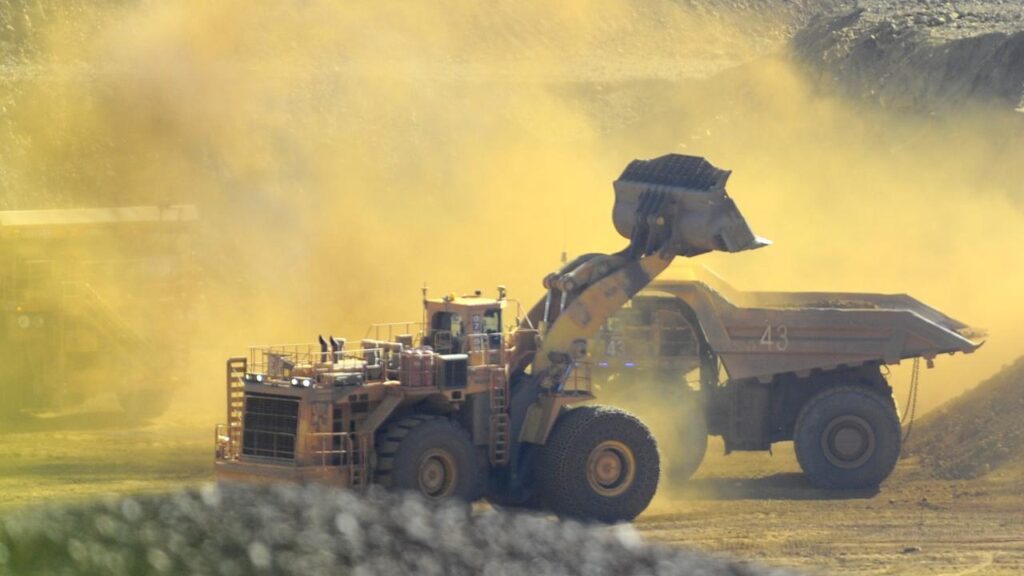Budget billions helps cashed-up state lead debt battle
Aaron Bunch |

The nation’s wealthiest state is on track to remain an outlier on debt compared to other jurisdictions as it unveils another massive surplus.
Western Australian Treasurer Rita Saffioti’s second state budget on Thursday delivered a $2.5 billion windfall for the current financial year, with a further $2.4 billion surplus projected for 2025-26.
It’s the state’s seventh consecutive operating surplus, which the Cook government says will help the resource-rich state diversify and set its economy up for the future.
“This budget is about fortifying Western Australia from these global shocks,” she told reporters at the budget lockup.
“We’ve focused on strong economic management and strong finances.
“We could blow all the money and then leave unsustainable debt for our future generations, but we’re not going to do that.”

Net debt is expected to grow to $33.6 billion at the end of the current financial year, $1.1 billion more than forecast in December, and expand to $42.4 billion over the forward estimates.
The treasurer said debt was more than $10 billion lower than projected when WA Labor came to office in 2017.
At 7.5 per cent of Gross State Product, the state’s debt levels are the lowest in the nation, with net debt to GSP forecast to remain well below 10 per cent of GSP over the next four years.
By contrast, NSW, Victoria, Queensland and South Australia all have net debt to GSP ratios growing to an average of more than 20 per cent or more over the next four years.
WA had gone from having the highest ratio of net debt as a percentage of GSP in the country at 13.8 per cent under the previous Liberal-National government to having the lowest under WA Labor, Ms Saffioti said.
WA’s relatively lower debt position can be linked to its controversial GST deal, consulting firm Adept Economics said.
Debt is climbing rapidly in all states except WA over the next four years, according to the firm’s analysis.
Victoria has the worst debt outlook, while NSW, SA and Queensland are competing for the second-worst position, it said

By 2027-28, gross state debt per capita will be $35,000 in Victoria, $30,000 in SA, $29,000 in Queensland and $28,000 in NSW.
Western Australia had the most favourable debt outlook at about $18,000.
Ms Saffioti said WA was the most resilient state in the nation and with manageable debt levels.
The market for WA’s key commodity, iron ore, also remained strong, along with domestic consumption and the jobs market, but global impacts on international trading partners could be significant in the future, she said.
The treasurer said WA’s controversial GST share was fundamental to the state’s ability to fund new industrial projects that sent much of their revenue to federal coffers.
WEST AUSTRALIAN LABOR GOVERNMENT BUDGET FOR 2025/26
* Surplus: $2.4 billion
* Revenue: $50.2 billion
* Expenditure: $ 47.8 billion
* Net debt: $38.9 billion
* GST revenue: $7.8 billion
* Employment growth: 1.75 per cent
* Economic growth: 2.5 per cent
AAP


